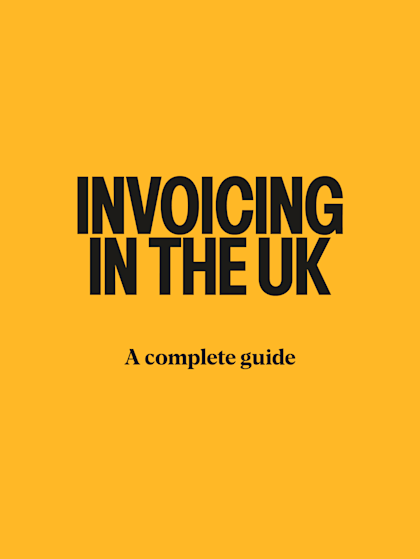
Paper versus paperless invoicing
Last editedSep 20221 min read
The pros and cons of using paperless invoicing over the more traditional method of paper invoicing.
It may seem surprising in this day and age, but many smaller companies still stubbornly hold onto paper invoicing processes, printing out bills that are sent to customers by post. But issuing invoices this way is slow, time-consuming and vulnerable to human error. Technology is available to offer even the smallest firms greater efficiency when demanding and collecting payments, via paperless invoice processing.
Eliminate stressful & costly late payments with automated invoice collection. GoCardless is quick & easy to set up & gets your invoices paid on time, every time.
“Overdue invoices are virtually non-existent and that makes us happy!” - George Ford, Director, Veriphy
Here are just a few reasons why you should consider going paperless:
Processing a single paper invoice costs anywhere between £30 and £50 per document, research from Wax Digital has found. Electronic invoicing reduces costs by as much as 60%, according to findings from GXS.
Paper invoices use up valuable staff time and are prone to human error. About 25% of accounts payable time is spent on resolving problems related to invoice data entry and processing, the Wax Digital study found. Fewer people are needed to process payments in a paperless accounts payable process, so manpower can be deployed to more valuable parts of the business. Invoice accuracy also typically improves.
Businesses using online tools are paid 33% faster than those issuing paper invoices, according to cloud accounting provider Xero. It’s no surprise given paper invoicing involves documents being dispatched by post, opened and sorted at the customer’s premises, then often passed for approval by more than one member of staff before payment is activated. Conversely, paperless accounts payable systems can allow for a ‘pay-now’ facility embedded in the invoice itself.
Paperless invoicing allows for greater levels of personalisation. If desired, business owners can create bespoke paperless invoice templates for each client. As billing becomes more innovative, customer satisfaction should increase.
Better efficiency equates to faster approval cycles, which itself can create trade discount opportunities. Business owners can pass on the benefits of better cash flow to customers. When invoices are being processed more quickly companies can offer customers payment discounts for settling up debts early.
Reducing paper use is better for the environment and can help a business reduce its carbon footprint. It saves on delivery costs, too. Plus, given the legal requirements to retain invoices for at least six years, going digital can free up a lot of physical storage space.
Antiquated systems, fragmented invoice processing and a one-size-fits-all approach to billing can have a negative impact on profits, cash flow and a business’s reputation. Moving from paper to digital processes should improve accuracy, boost staff productivity and see cash begin to flow more reliably into a business.
Eliminate stressful & costly late payments with automated invoice collection. GoCardless is quick & easy to set up and gets your invoices paid on time, every time.
“Overdue invoices are virtually non-existent and that makes us happy!” - George Ford, Director, Veriphy
Interested in collecting payments by Direct Debit?
Find out if online Direct Debit is right for your business

